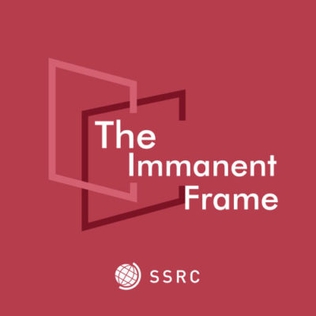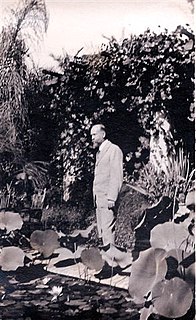 W
WAn Apotropaic mark or witch mark is a symbol or pattern scratched into the fabric of a building to keep witches out. It should not be confused with a witches' mark, which is a mark made by a witch.
 W
WThe Berkley Center for Religion, Peace, and World Affairs is an academic research center at Georgetown University in Washington, DC dedicated to the interdisciplinary study of religion, ethics, and politics. The center was founded in 2006 under a gift from William R. Berkley, a member of Georgetown's Board of Directors. The center's founding director was Thomas Banchoff.
 W
WDebating Sharia: Islam, Gender Politics, and Family Law Arbitration is a 2012 book edited by Jennifer Selby and Anna C. Korteweg in which the authors focus on the legal ramifications of Sharia law in the context of Western liberal democracies and examine the issue from different methodological perspectives.
 W
WDevotional objects are religious souvenirs, owned and carried by the faithful, who see them as imbued with spiritual values, and use them for votive offering. Production and sales of devotional articles have become a widespread industry in the vicinity of various religious sites all over the world.
 W
WIconolatry designates the idolatric worship or adoration of icons. In the history of Christianity, iconolatry was manifested mainly in popular worship, as a superstitious belief in the divine nature of icons. It was practiced as a direct adoration of icons, and other objects representing various saints, angels and the God. One of extreme practices of iconolatry was scraping parts of icons into the Holy Communion.
 W
WThe Immanent Frame is a digital forum that publishes interdisciplinary perspectives on secularism, religion, and the public sphere. It was formed in conjunction with projects on religion and the public sphere at the Social Science Research Council (SSRC). Initially conceived as an experimental blog that invited multiple contributions from a number of leading scholars in the humanities and social sciences, The Immanent Frame was established in October 2007 by an SSRC team led by program director Jonathan VanAntwerpen, who served for several years as editor-in-chief.
 W
WJhākri is the Nepali word for shaman. It is sometimes reserved specifically for practitioners of Nepali shamanism, such as that practiced among the Tamang people and the Magars; it is also used in the Indian states of Sikkim and West Bengal, which border Nepal.
 W
WKrotona was one of three important Theosophical centers in the United States during the early part of the 20th century. Originally built in Hollywood during 1912, the colony was eventually relocated to Ojai, California in 1926, where it operates today as the Krotona Institute of Theosophy.
 W
WIn 1956, Anthony F. C. Wallace published a paper called "Revitalization Movements" to describe how cultures change themselves. A revitalization movement is a "deliberate, organized, conscious effort by members of a society to construct a more satisfying culture" (p. 265), and Wallace describes at length the processes by which a revitalization movement takes place.
 W
WSymbolic religiosity is a term coined by sociologist Herbert Gans.
 W
WTaper burn marks are deep flame shaped scorch marks often found on the timber beams of early modern houses. They were originally thought to have been accidental, but research suggests that most marks may have been made deliberately, as there is clear patterning of the activity. They are theorised to have been made as part of a folk superstition, then thought to protect the building from fire and lightning.